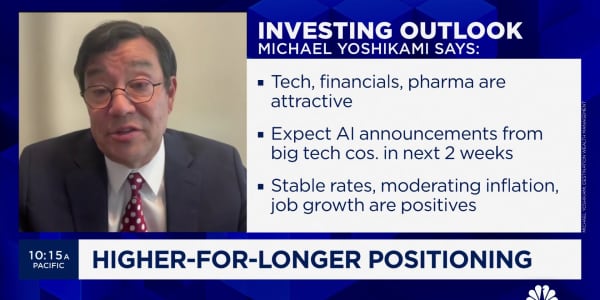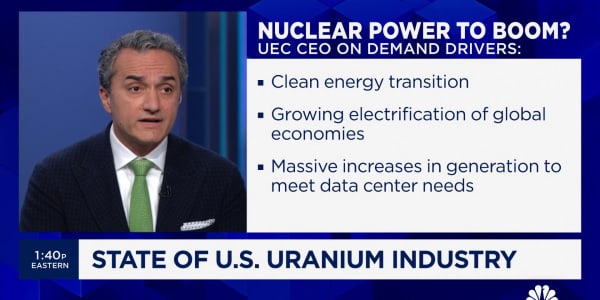Details about a secretive government program to bail out money-market mutual funds are finally coming to light. (Top mutual funds: Latest data at a glance)
Acting without any explicit Congressional authority, the U.S. Treasury guaranteed in excess of $2.4 trillion of money market funds after the giant Reserve Primary Fund "broke the buck" following the bankruptcy of Lehman Brothers. The program, which ended on Sept. 18, 2009, seems to have successfully prevented a panicked run by money-market fund investors.
But until now, the Treasury has kept the identities of the funds that received government backing and the amounts guaranteed secret. It was not clear how many funds obtained backing or for how much taxpayers were on the hook during the program's duration. (Read aboutmore questionable programs: 'Stable Funding’ Might Make Banks Unstable)
Linus Wilson, an assistant professor of finance at the University of Louisiana at Lafayette, recently obtained data about the program from the Treasury, through a Freedom of Information Act request.
The data from the Treasury show that taxpayers were backing in excess of $2.4 trillion through the mutual fund program. Hundreds of funds participated in the program, amounting to almost 99 percent of the total money-market mutual fund assets.
Mutual fund companies such as BlackRock, BNY Mellon, T. Rowe Price, Dreyfus and Legg Mason took advantage of federal assistance. Banks that provide money market funds to customers — including JPMorgan Chase, Goldman Sachs, Morgan Stanley and Wells Fargo — also participated.
Despite the enormous size of the guarantees, the Treasury collected only $1.2 billion in fees from the participating funds. By Wilson’s calculation, most participating funds paid just 0.04 percent, or 4 basis points, for a year’s worth of insurance.
Treasury used $50 billion from an account set aside for exchange rate stabilization to fund the program. Those funds can be spent at the Treasury Secretary’s discretion—even when it takes a pretty creative logical leap to connect the expenditures to exchange rates.
“Clearly, the tie between exchange rates and money-market mutual funds is very weak,” Wilson points out. “Moreover, it is not clear that $50 billion was enough to guarantee over $2 trillion in assets.”
Guaranteeing the money-market funds was not without risk. Although money-market funds have rarely seen their values drop below a dollar, guaranteeing the funds, it could be argued, encouraged moral hazard as investors lost the incentive to police the quality of fund management.
UPDATE: It looks like this post got the attention of the Treasury Department. They've sent in the following comment: “The terms of the program were publicly available and the high degree of participation was widely known. Indeed, the very fact that the program was so widely known was why it was so effective in helping stop a run on the money market fund industry during the crisis and turned a profit for taxpayers.”
_____________________________
Follow John on Twitter. (Market and financial news, adventures in New York City, plus whatever is on his mind.) You can email him at john.carney@nbcuni.com.
We also have two NetNet Twitter feeds. Follow CNBCnetnet for the best of the days posts, including breaking news. Follow NetNetDigest for a feed of every single post each day.
You can also be our friend on Facebook. Or subscribe to John's Facebook page.
We're on Google Plus too! Click here for John's Google+ page.
Questions? Comments? Tips? Email us ator send a text message to: 917-740-8477.
Call us at 201-735-4638.






